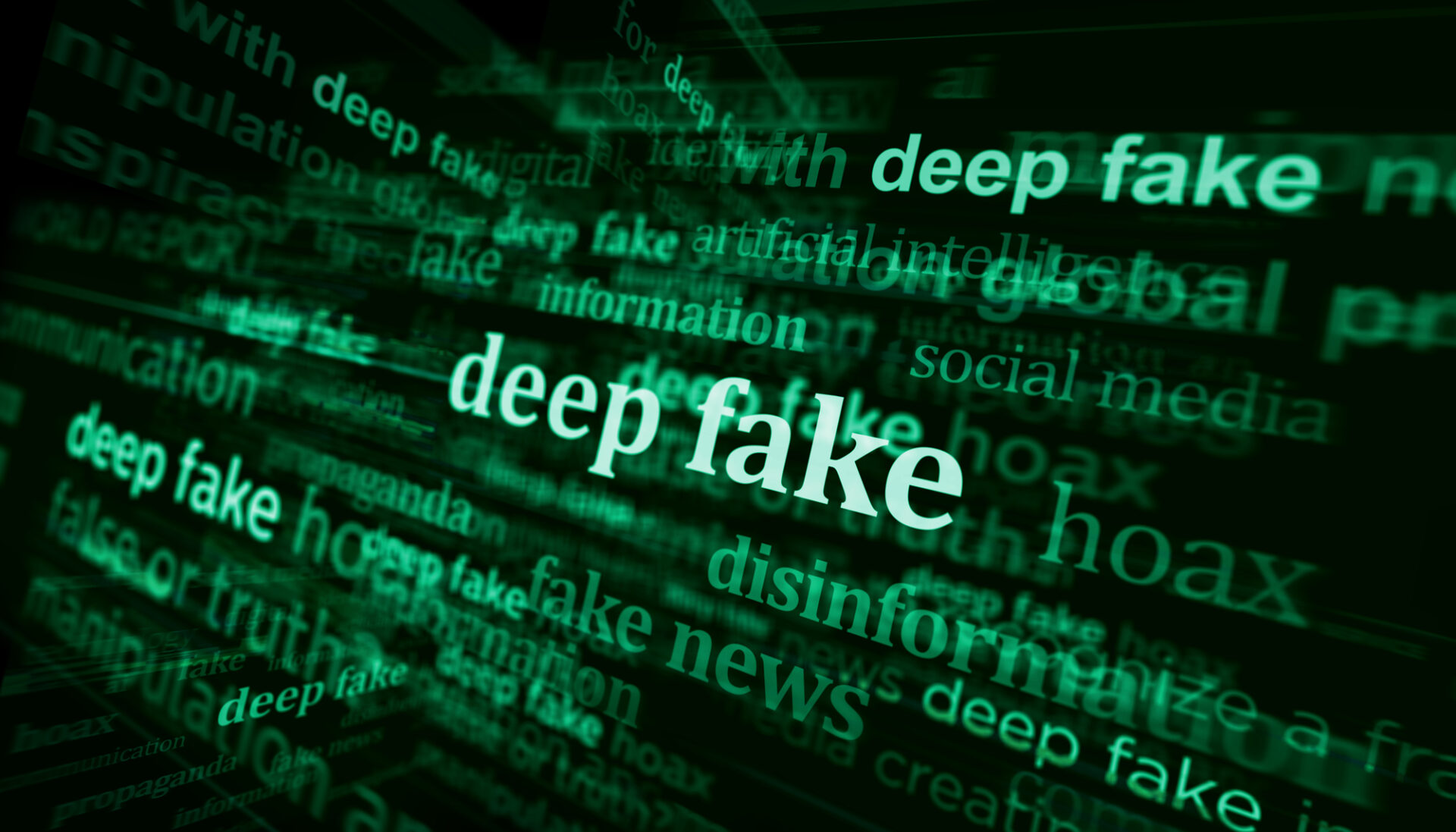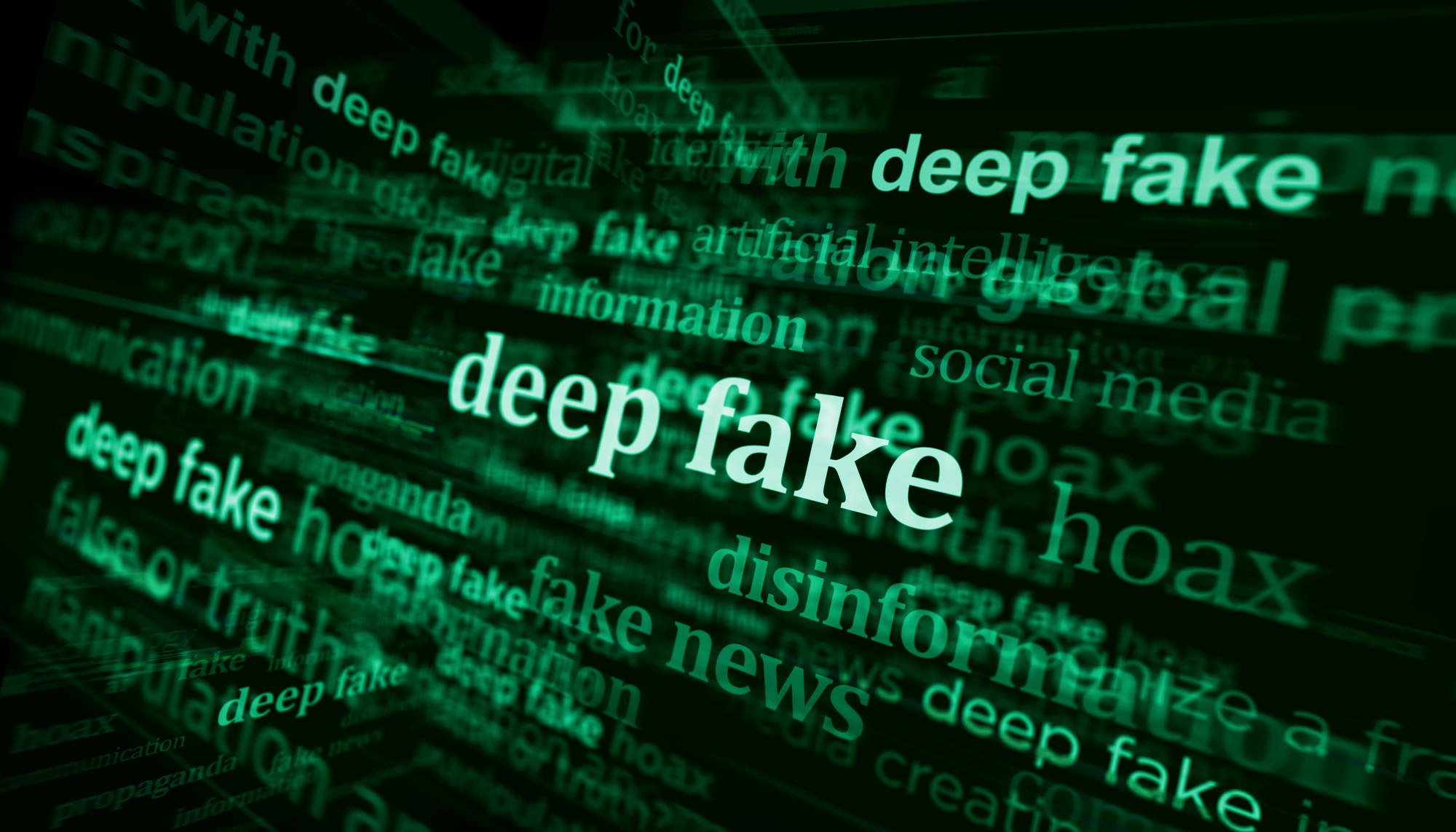These Types of Deepfakes Can Affect Your Business
With the advancement of AI technology, businesses are seeing the emergence of new challenges and threats. A threat that has risen to the top of business leaders’ list of concerns is the threat of deepfakes. Deepfakes include the manipulation of videos, audio clips, photos, and other content for the purpose of misleading an audience or manipulating others into believing fake content is real.
The spread of misleading content can significantly damage a brand’s reputation and trust, causing a major loss of business. If you’re a business leader, you should be on the lookout for the following types of deepfakes and how they can affect your business.
Deepfakes and Financial Fraud
Financial fraud can be attempted through someone using a deepfake to appear as a trustworthy representative within an office. An example of financial deepfake fraud could be a voicemail left on an employee’s phone that sounds like their CEO or HR representative asking the employee to email over banking information for payroll reasons. However, in reality, the voice message is a deepfake, it’s an AI-generated message created to mimic a trustworthy person. This type of fraud is dangerous because an employee who has a lot on their plate or who is unaware of the threat of deepfakes might not think twice about confirming whether the request is legitimate.
Deepfakes and Impersonation
Impersonation is one of the most common types of deepfake fraud. Using AI tools, almost anyone can impersonate someone as long as they have access to photos, video, or voice recordings of them. Examples include the creation of an Instagram account mimicking the CEO of the company. The account may post photos of the CEO committing inappropriate actions, sharing extreme beliefs, or voicing unpopular opinions for the purpose of ruining the reputation of the CEO, brand or company. Impersonation is very dangerous for a business and can result in detrimental business loss and reputational damage, even if caught quickly.
Deepfake Impacts By Association
Sometimes, damage to a business’s reputation won’t be the main goal of a deepfake. However, many businesses in today’s world of viral videos and internet controversy will receive backlash through association. For example, an AI-generated video of a celebrity behaving inappropriately at a public event wearing a hat with the logo of a business could appear funny to viewers at first, but when spread can cause major repercussions. As viewers dive deeper into the video they can acknowledge the celebrity’s hat and the business it represents. This is just one simple example of how a business can be pulled into a crisis, incidents where businesses deal with repercussions because of association happen all the time and leaders need to be ready.
Deepfakes and News
Deepfake fraud in the form of a news story can spread far fast. It is arguably one of the hardest crises for businesses to stop once started. For many reasons, creators of this type of fraud spread illegitimate content appearing in the form of news articles or updates. Deepfakes like this can be dangerous as news outlets will sometimes pick up stories others have published, resulting in false information being shared. For example, an AI-generated video of an employee protesting in an extreme way is shared online and then shared via social media. Social media users may not realize the content is a deepfake and continue sharing. The video was fake from the start and users may eventually realize that, but now it is too late.
Ways to Combat Deepfake Fraud
Businesses need to be prepared for the threat of deepfakes and deepfake fraud. Some ways businesses can prepare for this challenge is by making sure employees are aware of the threat of deepfakes and are educated on how to tell if a piece of content might be deepfake fraud. In addition, businesses can increase digital security, keep media identification tools on hand, and create internal business strategies on what to do if a threat ever happens.
At 10 to 1 PR, we have secured agreements with highly reputable deepfake detection software companies capable of conducting immediate reviews of content in addition to creatine strategies and crisis playbooks for businesses to help prepare for the threat of deepfakes. We also have connections to AI Deepfake industry experts willing to provide their personal insights to the media and the public, exposing the deception.
Take action now and safeguard your business against deepfakes. Take a look at our free guide for how to prepare for a deepfake crisis.






